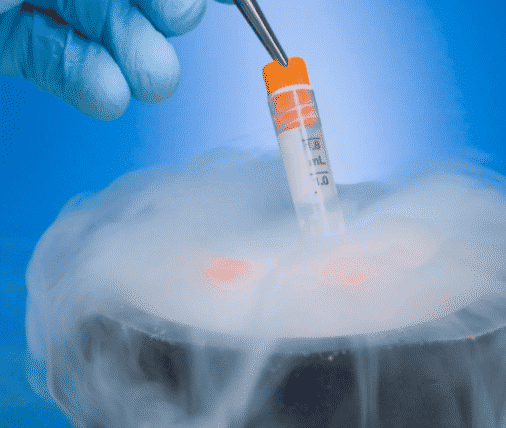First & Only NABH-Accredited Hospital In Nacharam
24*7 Emergency Helpline: +91 - 88012 33333
Landline Number: 040 68244555
Prasad Hospitals >> Cryo Bank Book
The current issues related to male and female infertility depicts the impact of environmental and physical changes due to various reasons such as diabetes and obesity, change in lifestyle and diet, use of chemical substances as preservatives, radiation, use of pesticides and insecticides in agriculture, dumping and burning of garbage leading to air, soil and water pollution, etc.
As per the 2015-16 data, it has been observed that the age group ranging from childhood to 45 years, nearly more than 1,40,000 cancer patients are diagnosed and approximately 40-80% female face possible infertility due to cancer treatment such as chemotherapy, radiotherapy, and surgery affecting both the ovary and the uterus.
Based on the number of primordial follicles present at the time of treatment and the dose of radiation received by the ovaries determines the fertility “window”. It has been reported to have 90% patient following total body irradiation and 97% female with total abdominal irradiation had developed with ovarian failures.
It is ideal to preserve male and female gametes or gonadal tissue before chemotherapy and radiotherapy for cancer treatment.
Many survivors are young and are diagnosed and treated before they have children. Cancer and its treatment can significantly affect the chance of a patient having a child in the future.

How it is done
Cryopreservation of testicular tissue
Ovarian Tissue Vitrification (Cryopreservation)
Oocyte freezing
Sperm cryopreservation or sperm freezing is a method for men to preserve their sperm and store it in a bank so it can be used in the future. Many medical treatments can damage sperm quality, including several types of cancer treatments like chemotherapy and radiation. Before getting medical treatment, some men choose to freeze their sperm.
Procedure for Sperm Freezing
Test Thaw Procedure
After cryopreservation, the survival rate of sperm can vary widely.
Facilities